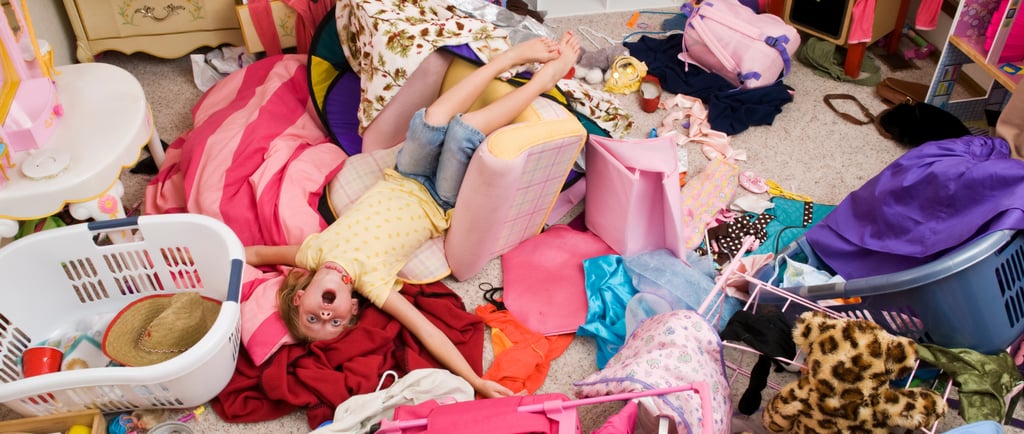Organizing the Unorganized: Your Hoarding Solution Guide
Discover practical strategies to tackle even the most overwhelming clutter with our guide, "Organizing the Unorganizable: Your Hoarding Solution Guide." Whether you're dealing with extreme hoarding or simply struggling to let go of sentimental items, this guide offers actionable steps to break through emotional barriers, create an effective decluttering plan, and embrace a clutter-free life. Learn how to manage anxiety, balance sentimentality, and seek professional help when needed—all while building sustainable habits for long-term organization and mental clarity.
10/10/20243 min read


Introduction: Facing the Challenge of Hoarding
Hoarding can feel like an insurmountable challenge, both mentally and physically. The mere thought of sorting through piles of belongings is enough to send most into a spiral of anxiety. Yet, it's essential to face this challenge head-on. Hoarding isn't just about clutter; it's about the emotional weight that comes with the items. Whether it's the fear of letting go or the emotional significance placed on seemingly insignificant objects, the journey to organization begins by recognizing this deeper connection.
Recognizing the Signs of Hoarding
It's easy to confuse clutter with hoarding, but there's a clear distinction. Clutter is temporary disorganization, while hoarding is a compulsive need to keep items, often to the detriment of one's living space. Psychologically, hoarding is tied to anxiety, depression, or traumatic events. Recognizing these signs early on is crucial. The telltale markers include the inability to discard items, distress at the thought of letting go, and spaces that are unusable due to accumulated objects.
Breaking the Mental Barriers
Hoarding often stems from an emotional attachment to possessions that can feel impossible to break. Cognitive restructuring is key in tackling this. Ask yourself: What purpose does each item serve? Can this attachment be shifted to something intangible, like a memory or experience? By gradually altering how you perceive your belongings, you can begin to reduce the overwhelming mental clutter that fuels hoarding behavior.
Creating a Clear Plan of Action
Facing the monumental task of decluttering requires a plan. First, establish achievable goals. Perhaps it's clearing a specific corner of the room, or dedicating just 15 minutes a day to organizing. Every small win matters. Secondly, adopt a systematic approach—categorize items by type, value, or use. Creating a visual roadmap of your space will help make the task more manageable and less daunting.
Starting Small: Managing Anxiety
The sheer enormity of decluttering an entire home can be paralyzing. Start with the areas that cause the least anxiety—spaces that are less emotionally loaded. Begin with a drawer, a shelf, or a single box. Small, consistent actions snowball into major changes. This strategy minimizes overwhelm and builds confidence as progress is visibly made.
Essential Tools for Decluttering
No organizational journey is complete without the right tools. Physical tools like clear bins, label makers, and storage bags are essential for segmenting items. On the digital front, consider apps designed for cataloging and sorting possessions. These can help keep track of what’s been donated, stored, or discarded, reducing decision fatigue as you progress.
Handling Sentimental Items
Sentimental items present one of the toughest challenges when it comes to hoarding. To strike a balance, consider keeping a small, curated collection that truly represents your memories. Take photographs of items that hold emotional weight but serve no practical function. This allows the memory to remain intact without overwhelming your living space. Downsizing doesn't mean dismissing your past—it simply allows you to preserve it in a more manageable way.
The Role of Professional Help
Sometimes, even the most determined individual can't tackle hoarding alone. If you find yourself stuck or emotionally distressed, it's important to seek help from professionals. Organizers, therapists, and hoarding specialists can offer invaluable guidance. They provide objective perspectives and practical solutions that can break through emotional roadblocks.
Maintaining Long-Term Organization
Decluttering is only the first step. To prevent future clutter, adopt long-term organizational strategies. Establish designated spaces for everything and make decluttering a regular habit—whether monthly or seasonally. Avoid impulse purchases and evaluate new items with a critical eye. It's about maintaining a mindset of necessity rather than accumulation.
Embracing a New Mindset
Beyond the physical benefits of organization, the mental clarity that comes with it is transformative. A clutter-free space promotes relaxation, reduces stress, and fosters creativity. It also reflects and reinforces a sense of personal control. As you declutter, you create space—not just in your home, but in your mind and life for new experiences, growth, and opportunities.


(609) 806 - 5565
help@freshlivingpc.com
Follow us on
